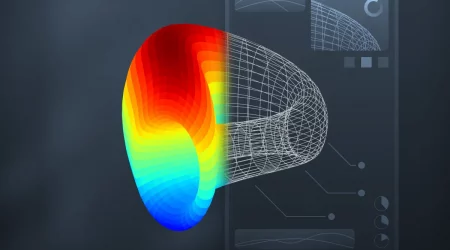POS Algorithm
In the previous article on proof-of-work, we reviewed the very first block creation algorithm, which is the basis of blockchain networks. Today we will analyze one of the evolution options in block creation methods – proof-of-stake.
For the first time, this consensus algorithm was presented to the public in 2012, and the developers of the Peercoin cryptocurrency were the pioneers.
Proof-of-Stake (proof of ownership) is an algorithm that provides the mechanism for the operation of the blockchain network through the creation of new blocks in the chain, distributing tasks between crypto wallets depending on the amount of currency on them.
Table of Contents
Principle of operation
1. The user “freezes” a certain number of coins in his account by sending them to the blockchain
2. The blockchain network uses currency in the creation (validation) of new blocks, distributing tasks between participants
3. The user receives a reward proportional to the amount of cryptocurrency sent by him to the blockchain.
It is worth noting that the chances of you being chosen by the algorithm depend on the number of funds that you have allocated to the network. The more – the higher the chance to get the task in the distribution.
Another feature of the algorithm is the source of the reward. Unlike mining, staking rewards network participants with part of the commission payments.
Requirements for validators
1. Having an account in a crypto wallet that supports currency staking
2. The presence of a minimum number of coins to freeze
Income
From mining, we know that profit is made up of the cost of electricity and the power of devices, together with the complexity of mining the cryptocurrency itself, but what about staking?
As a rule, exchanges (like Binance ) and staking pools (for example, Marinade for SOL) offer a certain percentage per annum if there is a minimum number of coins to freeze for staking. The closest example is a bank deposit.
Advantages of the PoS algorithm over PoW
- Miners need to withdraw cryptocurrency in order to update and maintain equipment on it, thereby a sufficiently large amount of funds is simply withdrawn from the blockchain
- The device feature of the PoW algorithm makes it possible to capture most of the power (51% attack) when the beneficiary raider has more than 51% of the network hashrate, which gives him the actual power over the currency
- Staking as an analogy of a deposit provides self-accumulation of a currency without the need to withdraw it to increase profitability and restrictions in the form of difficulty in solving blocks
- Low entry threshold for validators, no need to buy equipment
- Less harm to the environment due to the lack of computing devices for validation
- With higher transaction throughput compared to PoW, the time interval for solving a block is much lower than in mining. For example, the block solving time for Ethereum is 13.3 seconds, and for Solana, it is 0.4 seconds.
Flaws
- PoS is a younger project and has been studied in practice much less than PoW, failures may occur after PoS integration with the main blockchain networks of cryptocurrencies running on PoW
- Despite the protection of some algorithms from centralization, at the moment there is a possibility of a network capture similar to PoW through the buyback of most cryptocurrencies
Coins on PoS
At the moment, most people know about PoS from the news about Ethereum and its path to the samurai. At the moment, there are other currencies that have already switched to staking.
Here are some of them:












Leave a Reply